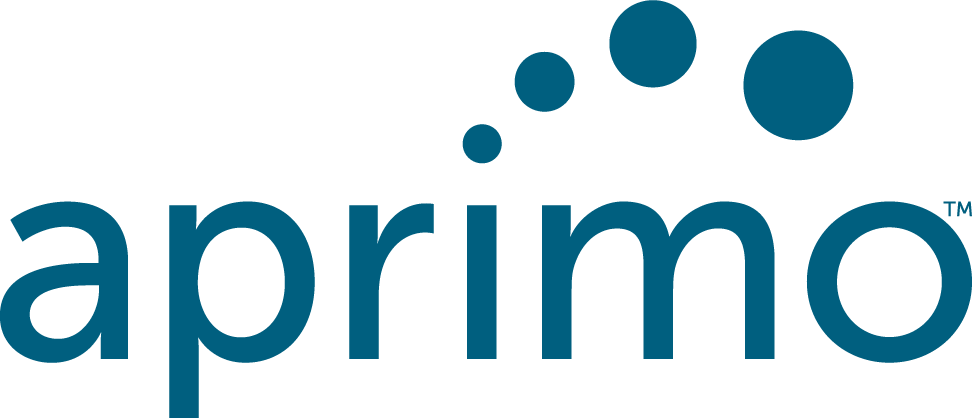
Digital assets sell products. Customers want to see, experience, and download images and files before they buy. It’s not just about conversion—it’s about compliance and rights management, too. That’s why DAM is now an essential part of PXM.
At Ntara, we believe DAM should drive business results and unlock tremendous efficiency. DAM should be a tool for the whole company that streamlines product launches and standardizes how your products appear across channels. With our expertise, we’ll help you define and launch a DAM MVP, then iterate to meet your evolving needs.
Ntara’s DAM experience
- Broad experience in ecommerce and product experience management
- Deep expertise in complex integrations, from the largest commercial DAM providers to in-house, custom DAM systems
- Industry-focused solutions for brands, manufacturers, distributors, wholesalers, and retailers
- Unique expertise in metadata management, taxonomy design, and data governance

Ntara’s DAM implementation offers
PIM implementations must be a scalable part of your PXM strategy. They must meet the needs of your business today and be flexible enough to evolve and meet future Implementing DAM is more than standing up new software. It’s about putting the right technology, processes, and people in place to streamline the way you create and share digital assets. It’s a long-term strategy executed in sprints with critical milestones to hit along the way.
Every DAM implementation includes:
- DAM program management
Establish the DAM vision. Set and benchmark KPIs. Align on a RACI chart. Establish a framework for digital asset governance. Develop a DAM roadmap and a project plan for getting there, sprint by sprint.
- DAM activation
Configure, implement, and customize your DAM system. Integrate with other software to optimize the flow of assets. Conduct user acceptance testing and deploy once initial requirements are met.
- Custom configurations
Custom classification hierarchy helps organize content and allows appropriate tagging. Custom content types allow for custom UI. Custom metadata fields help store additional asset information. Custom business rules satisfy unique business requirements.
- DAM asset migration
Prepare all digital assets by standardizing format and completing all metadata. Establish a streamlined process for migrating assets. Conduct migration and ensure completeness in the new DAM setup.
- Adoption and change management
Identify use cases through stakeholder workshops. Create global testing to increase understanding of DAM value across departments. Conduct training and support triage throughout and after the deployment.
To figure out which PIM implementation is right for you, schedule a call with a member of our team.
Digital commerce leaders view DAM implementation as critical to a greater PXM strategy.
Learn what 158 manufacturers & brands had to say about the role of PIM and DAM in digital commerce.
Download report
Ntara’s DAM and PIM clients



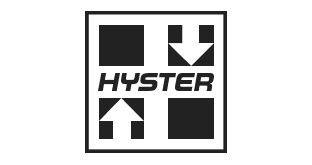

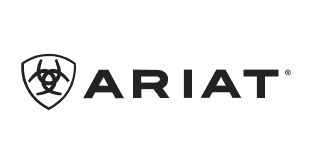
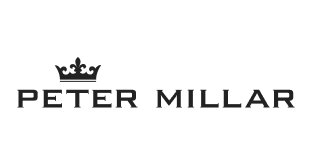







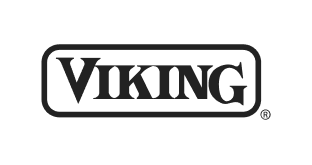
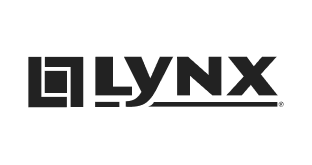
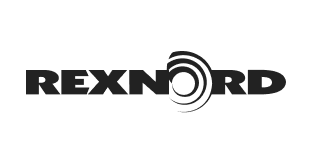

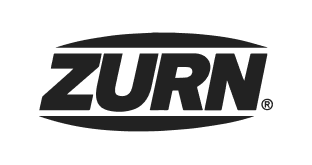
Ntara’s DAM partners
Our DAM implementation teams partners with a variety of DAM platforms to serve the different needs of our clients. Our DAM portfolio continues to grow. Check out each partner page to learn what makes each DAM platform unique.
Ready to discuss your DAM implementation?
Schedule a meeting with a member of our team to begin the conversation.


